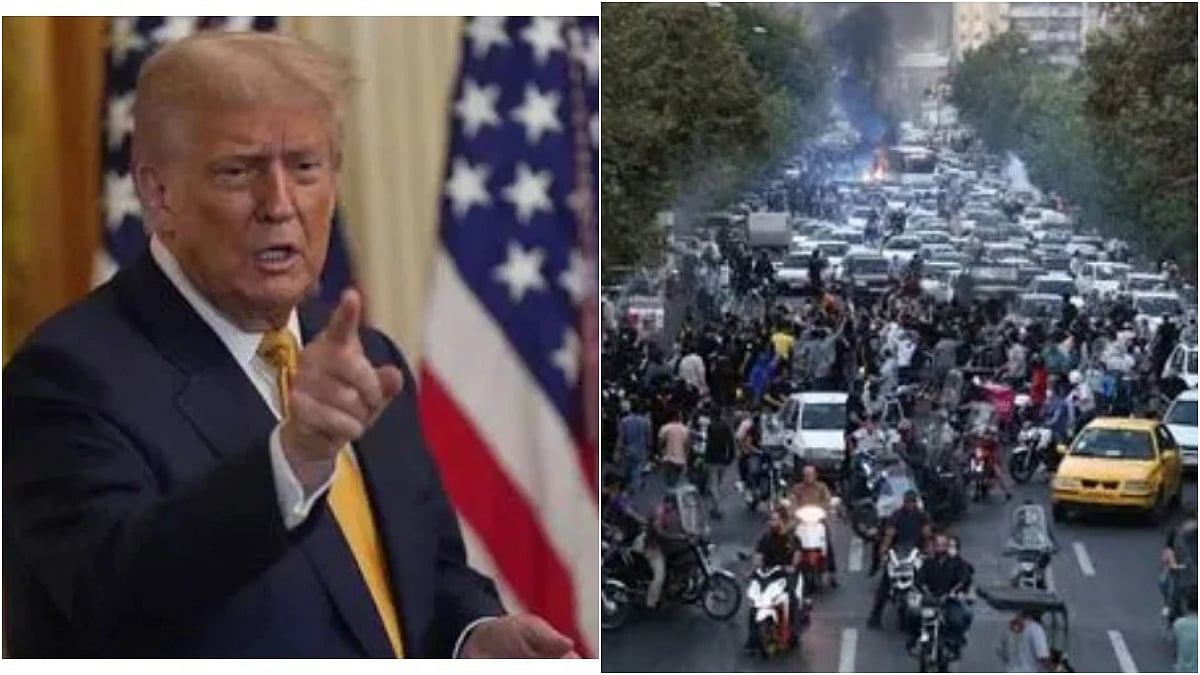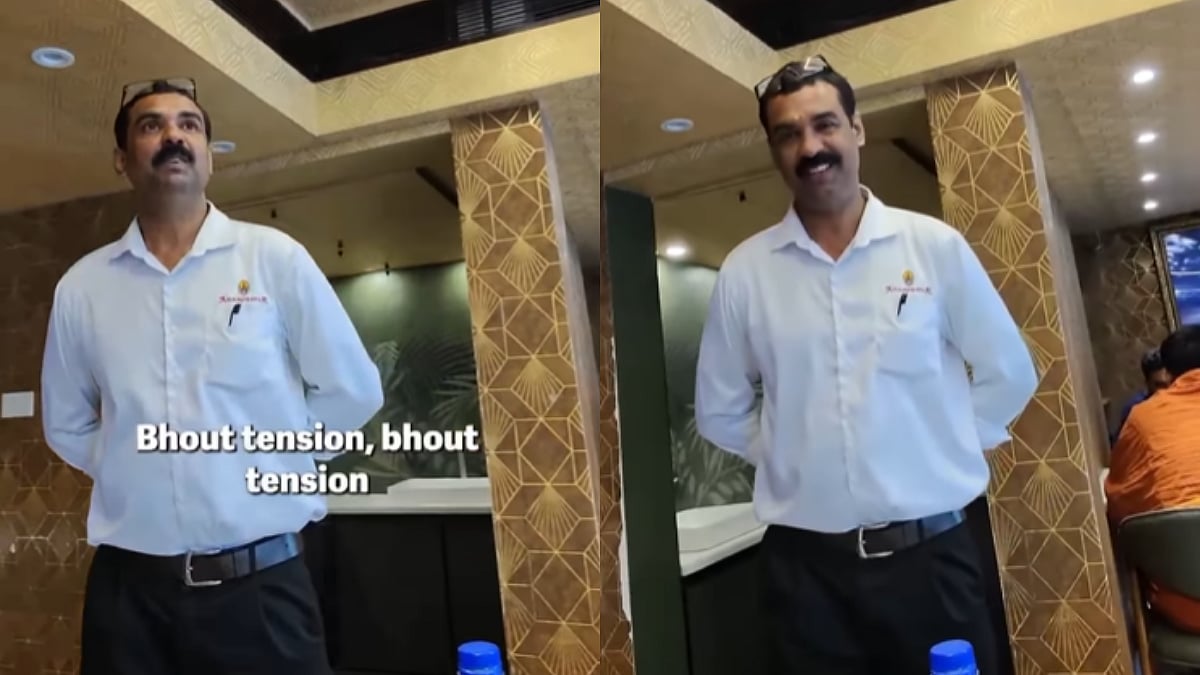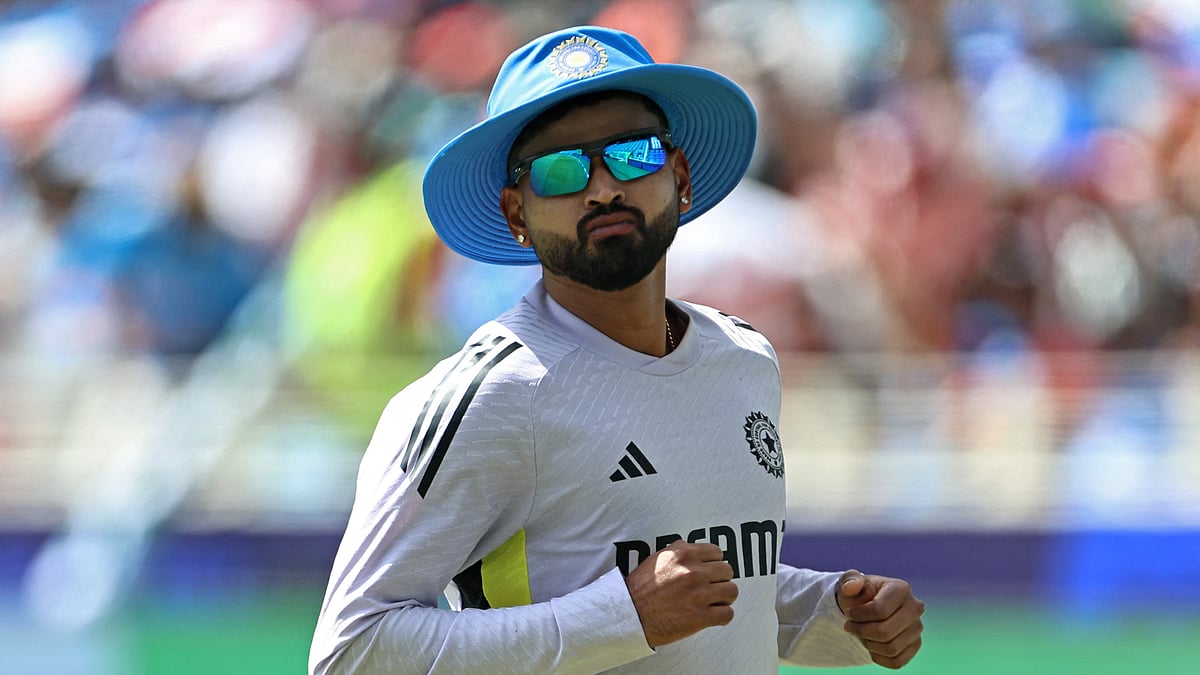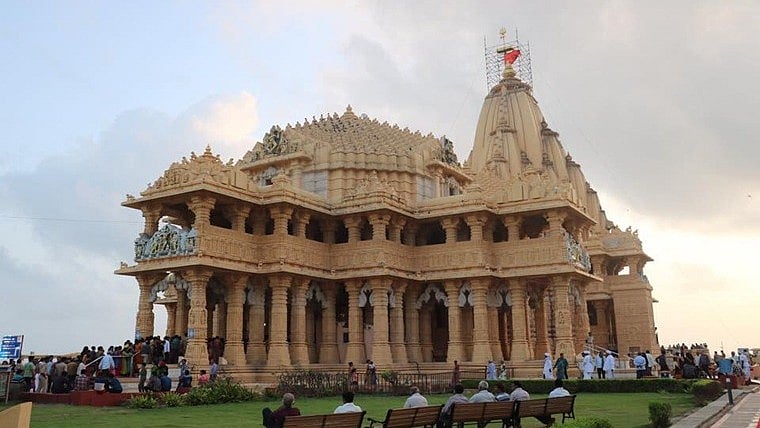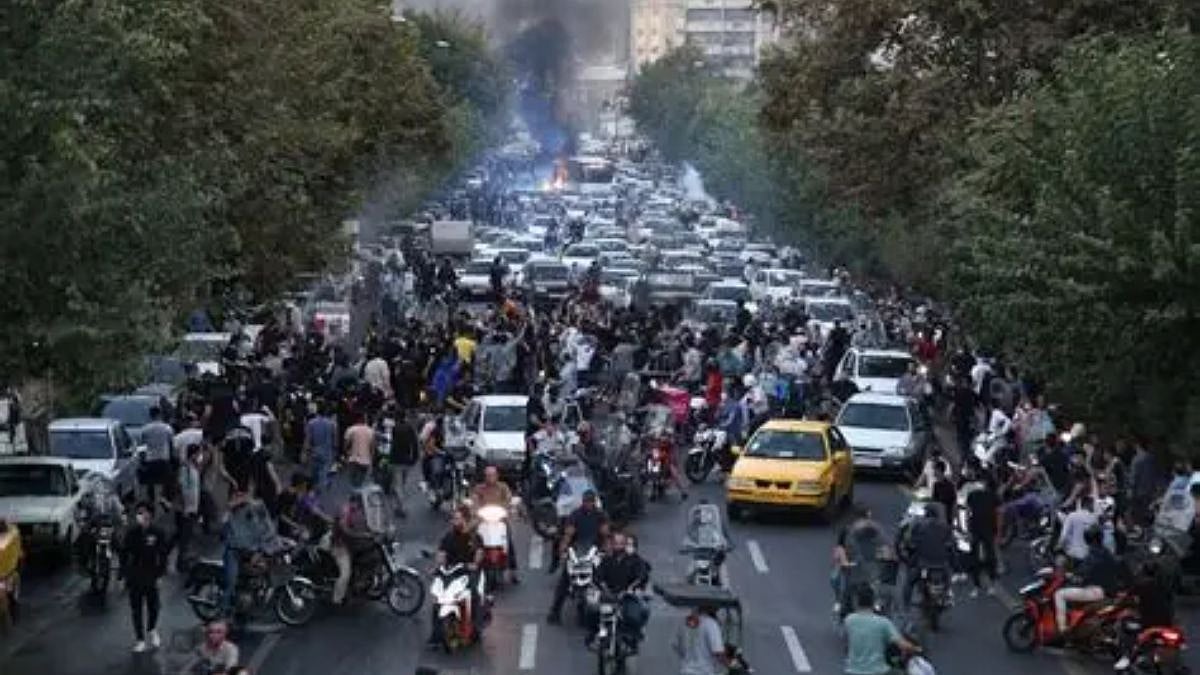Deleting Article 370 was the easy part. The state’s muscle power and the mobilisation of parties outside the NDA which are eager to curry favour with the powerful ruling party at the centre enabled the government to impose its writ on Kashmir valley with the people held incommunicado.
But the question is for how long can they be kept quiet? The Lt Governor of the Union Territory of Jammu and Kashmir, Satya Pal Malik, argues that lack of communication has saved lives, apparently by ensuring that the trouble-makers cannot contact each other and indulge in violence. But even he says that “bahut jaldi sab wapas kar denge” – that everything will soon return to what it was.
There is a realization, therefore, that a continuation of the clampdown beyond a reasonable period is not feasible and is bad publicity for the government. It’s an unwarranted step in a democracy. But choosing the moment of lifting the restrictions cannot be easy. Nor does it make things easier for the authorities to loosen their grip in stages, for the purported mischief-mongers are bound to take advantage of even the slightest relaxation of control. If that happens, the government will have to crack down all over again, putting the situation back to square one.
The dilemma for the government, therefore, is acute. Besides, it is made all the more problematic by the government’s inability to assess how satisfied or dissatisfied are the ordinary Kashmiris over the loss their former state’s special status. The scene is not unlike what happened to Indira Gandhi between 1975 and 1977 when she had no clue as to whether the people had turned against her because censorship had cut off all channels of communication between the government and the hoi polloi.
Arguably, if the Kashmiris are happy, the government would have known via a network of informers. But since the government is taking its time to restore the internet and mobile telephones, it will appear that the feedback — if any in a (former) state known for its alienation — hasn’t been to its liking.
Apart from the woman venting her distress to Rahul Gandhi as he was returning from an infructuous visit to Srinagar, or a BBC video showing two women grieving for their son and husband, the views of the ordinary Kashmiris are not known. Political elements like Shah Faesal have been vocal in their condemnation of the government’s move, but they have said what was expected of them.
However, it is possible to guess from his comments what the three arrested former chief ministers – Farooq and Omar Abdullah and Mehbooba Mufti – will say once they are released. For the government, that will be the moment of truth. All that it can hope is that even if they express their anger over the evisceration of Article 370, they will denounce separatism in unequivocal terms.
Although an RSS/BJP spokesman has said that the government is expecting the emergence of a post-Abdullah and post-Mufti generation of politicians which will be more in tune with the centre’s thinking, such a turn of events is very much in the future and no one can say whether a new breed will have no hankering for, or illusions about, a return to the pre-1953 autonomy with a separate flag, a separate constitution and a separate wazir-e-azam.
For the present, therefore, the people in the valley are immersed in uncertainty. What is more, their doubts and anxiety have little resonance elsewhere in the country where the government’s case for obliterating a constitutional provision because it encouraged separatism has been widely accepted even by sections of the Congress.
If the party has any reservations, it is about the way in which such a major change was carried out while Jammu and Kashmir was under President’s rule and not so much about the step itself.
It is only when the “draconian” measures, to quote Rahul Gandhi, are lifted and the Kashmiris in the valley are able to speak freely that there can be any meaningful interaction between them and the rest of the country. Till then, the latter will have no means of ascertaining whether the decision of August 5 was the right one for the nation as a whole or only the implementation of one of the Sangh Parivar’s agendas.
What will be disquieting is the fallout in Kashmir and elsewhere in the event of an outbreak of violence. Even if Pakistan’s hand is seen behind such an outrage, the possibility of Kashmir continuing to be a problem area requiring a large presence of the security forces will suggest that nothing has changed.
The government will hope that the promises of investment and other measures in the fields of health and education will have a mollifying effect. But how convincing will be such assurances at a time of economic slowdown is not known.
The writer is a political analyst. The views expressed are personal.
- Amulya Ganguli


